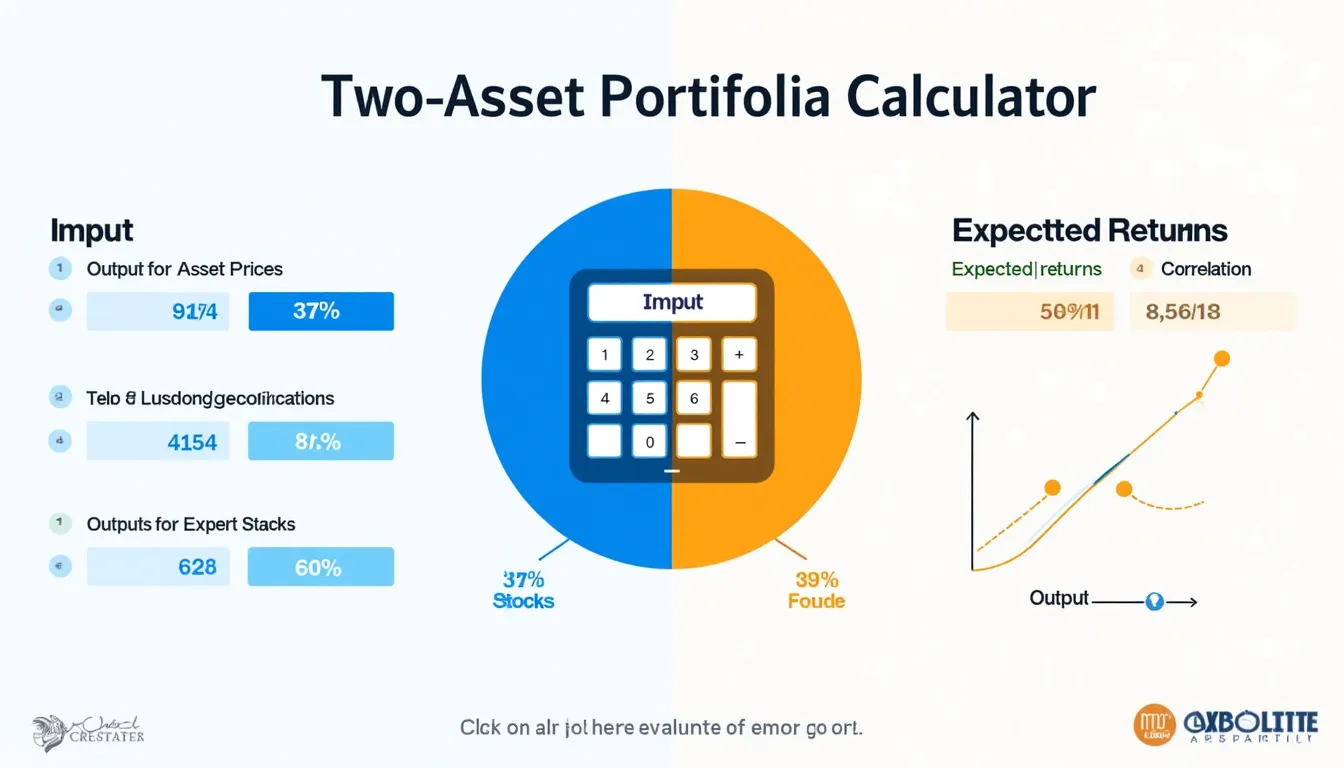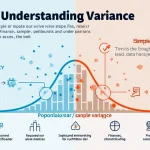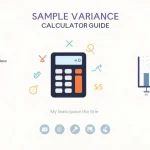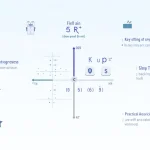Two Asset Portfolio Calculator
Is this tool helpful?
How to use the tool
- Price of Asset A and B ($): Type each market price. Example 1: 60 & 140, Example 2: 95 & 105.
- Expected Return (%): Enter forecast returns as percentages. Example 1: 6 % & 10 %, Example 2: 4 % & 7 %.
- Standard Deviation: Provide annualised volatility. Example 1: 0.12 & 0.22, Example 2: 0.08 & 0.18.
- Correlation (-1 to 1): Paste how the assets move together. Example 1: 0.25, Example 2: ‑0.10.
- Click “Calculate”: The tool instantly shows portfolio expected return and variance.
Formulas used
Weights:
$$ W_A = rac{P_A}{P_A+P_B}, \qquad W_B = rac{P_B}{P_A+P_B} $$Expected return:
$$ E(R_p)=W_A R_A + W_B R_B $$Variance:
$$ \sigma_p^2 = W_A^2 \sigma_A^2 + W_B^2 \sigma_B^2 + 2 W_A W_B \rho_{AB} \sigma_A \sigma_B $$Example calculation (checked)
- Inputs: 60, 140, 6 %, 10 %, 0.12, 0.22, 0.25.
- Weights: $$W_A=0.30,\; W_B=0.70$$
- Expected return: $$E(R_p)=0.30\!\times\!0.06+0.70\!\times\!0.10=0.088\;(8.8\%)$$
- Variance: $$0.30^2\!\times\!0.12^2+0.70^2\!\times\!0.22^2+2\!\times\!0.30\!\times\!0.70\!\times\!0.25\!\times\!0.12\!\times\!0.22=0.0278$$
Quick-Facts
- The S&P 500’s long-run annual standard deviation is 15.8 % (S&P Dow Jones Indices, 2023).
- Average stock-bond correlation 2000-2020 was ‑0.27 (Morningstar “Mind the Gap”, 2021).
- Diversification can lower portfolio variance by up to 40 % (CFA Institute Portfolio Guide, 2020).
- Modern Portfolio Theory introduced the variance formula in 1952 (Markowitz, 1952).
FAQ
What does a lower portfolio variance mean?
Lower variance signals smaller swings in total value, reducing the chance of large losses (Markowitz, 1952).
How do negative correlations help?
Negatively correlated assets move opposite each other, smoothing returns and cutting risk (Morningstar “Alternatives in Action”, 2022).
Can I use monthly data?
Yes. Convert monthly standard deviation to annual by multiplying by √12 (Hull “Options Futures”, 2022).
Why weight by price instead of market value?
Price fields act as proxies for invested capital; replacing with actual dollar holdings yields precise weights (CFA Institute, 2020).
What is a realistic correlation range?
Most cross-asset correlations sit between ‑0.5 and 0.8 under normal markets (BlackRock Risk Report, 2021).
How often should inputs be updated?
Update at least quarterly to capture shifting volatilities and correlations (Vanguard Research Note, 2022).
Is variance the same as standard deviation?
No. Variance is squared units; standard deviation is its square root and shares units with returns (Investopedia, URL).
What if correlation exceeds 1?
The tool flags an error because statistical correlation cannot be below ‑1 or above 1 (NIST Handbook 151, 2020).
Important Disclaimer
The calculations, results, and content provided by our tools are not guaranteed to be accurate, complete, or reliable. Users are responsible for verifying and interpreting the results. Our content and tools may contain errors, biases, or inconsistencies. Do not enter personal data, sensitive information, or personally identifiable information in our web forms or tools. Such data entry violates our terms of service and may result in unauthorized disclosure to third parties. We reserve the right to save inputs and outputs from our tools for the purposes of error debugging, bias identification, and performance improvement. External companies providing AI models used in our tools may also save and process data in accordance with their own policies. By using our tools, you consent to this data collection and processing. We reserve the right to limit the usage of our tools based on current usability factors.







